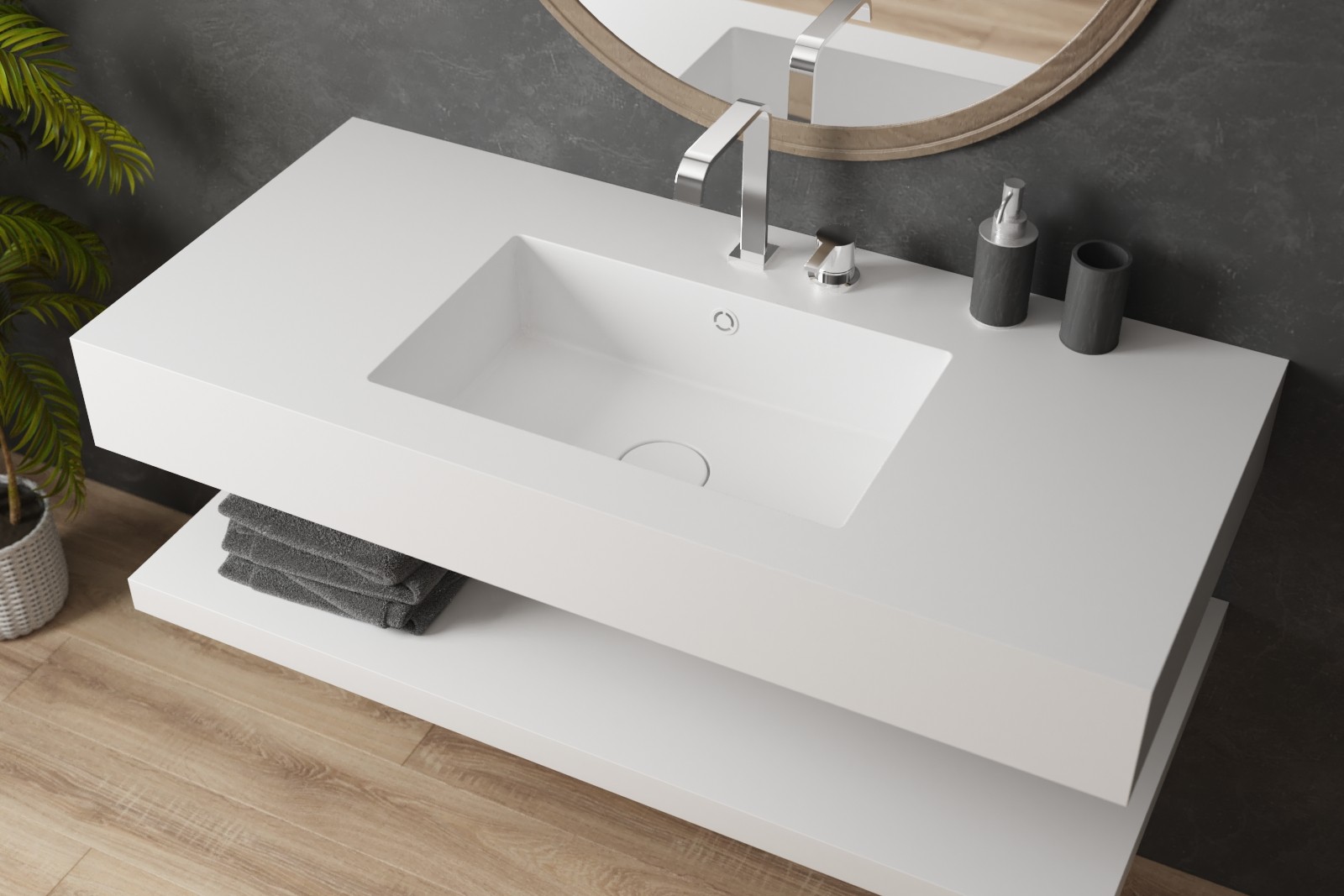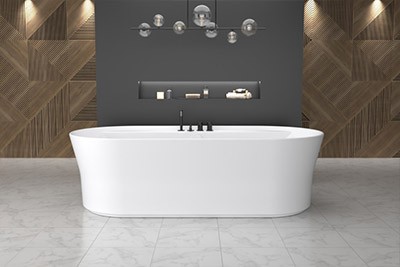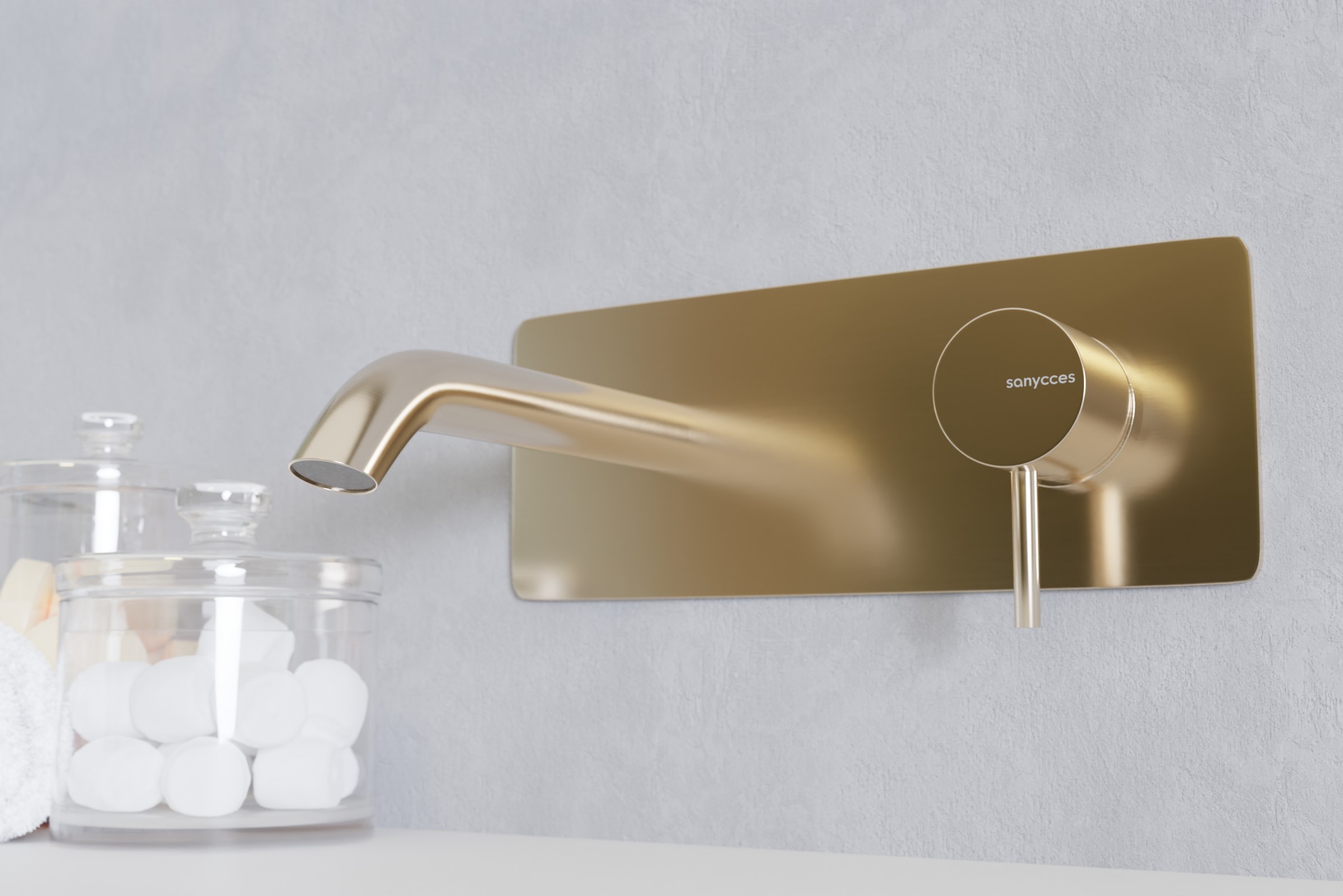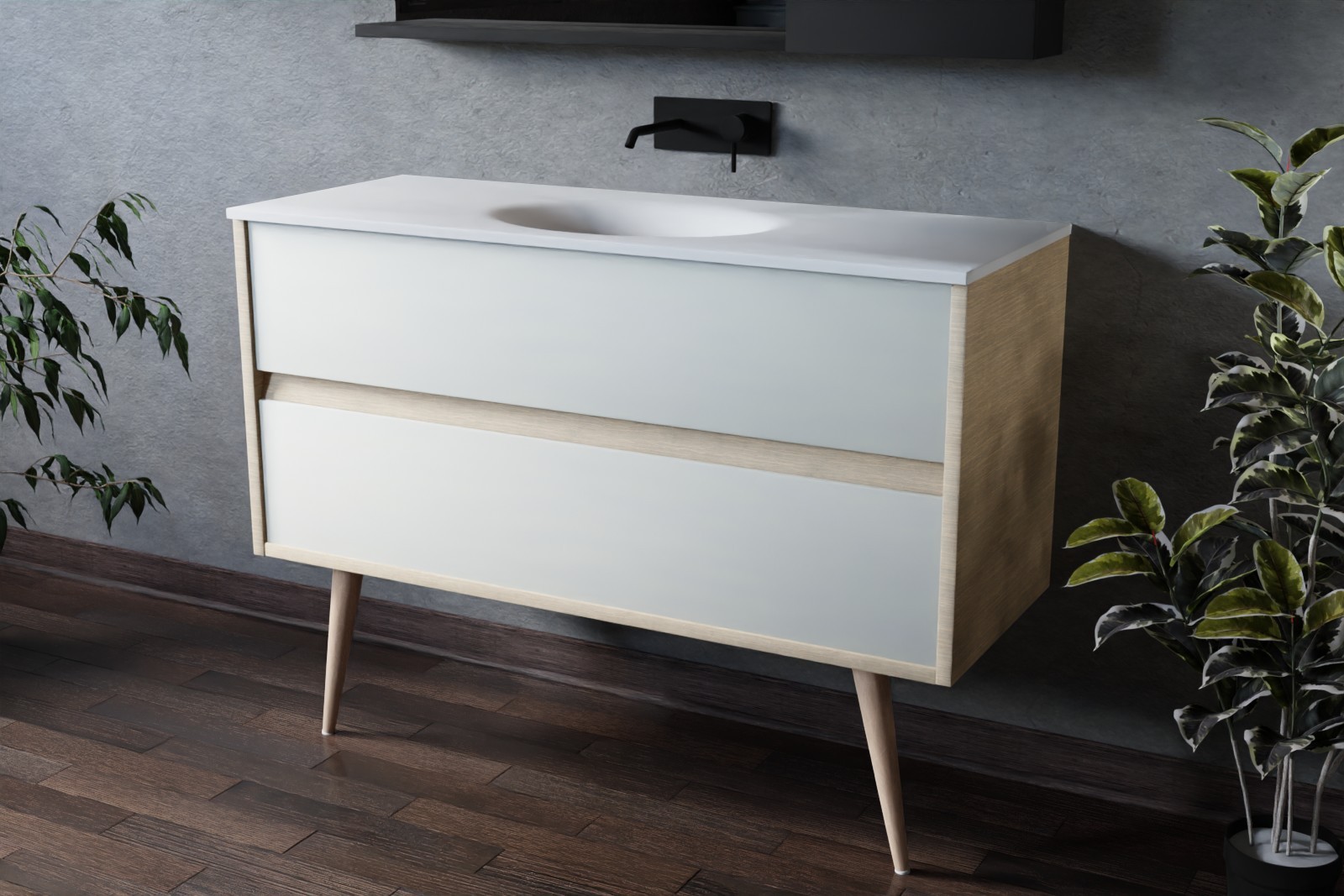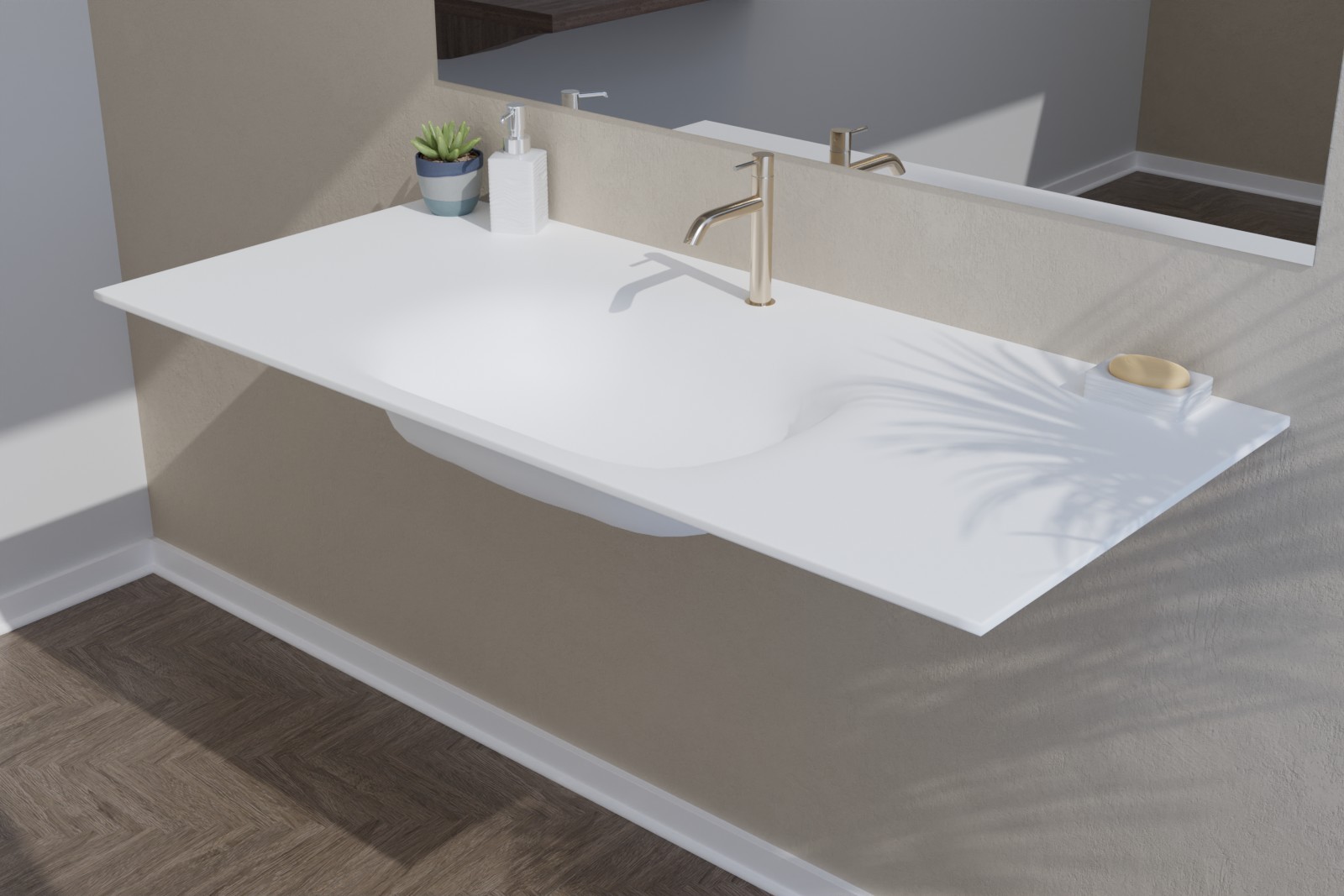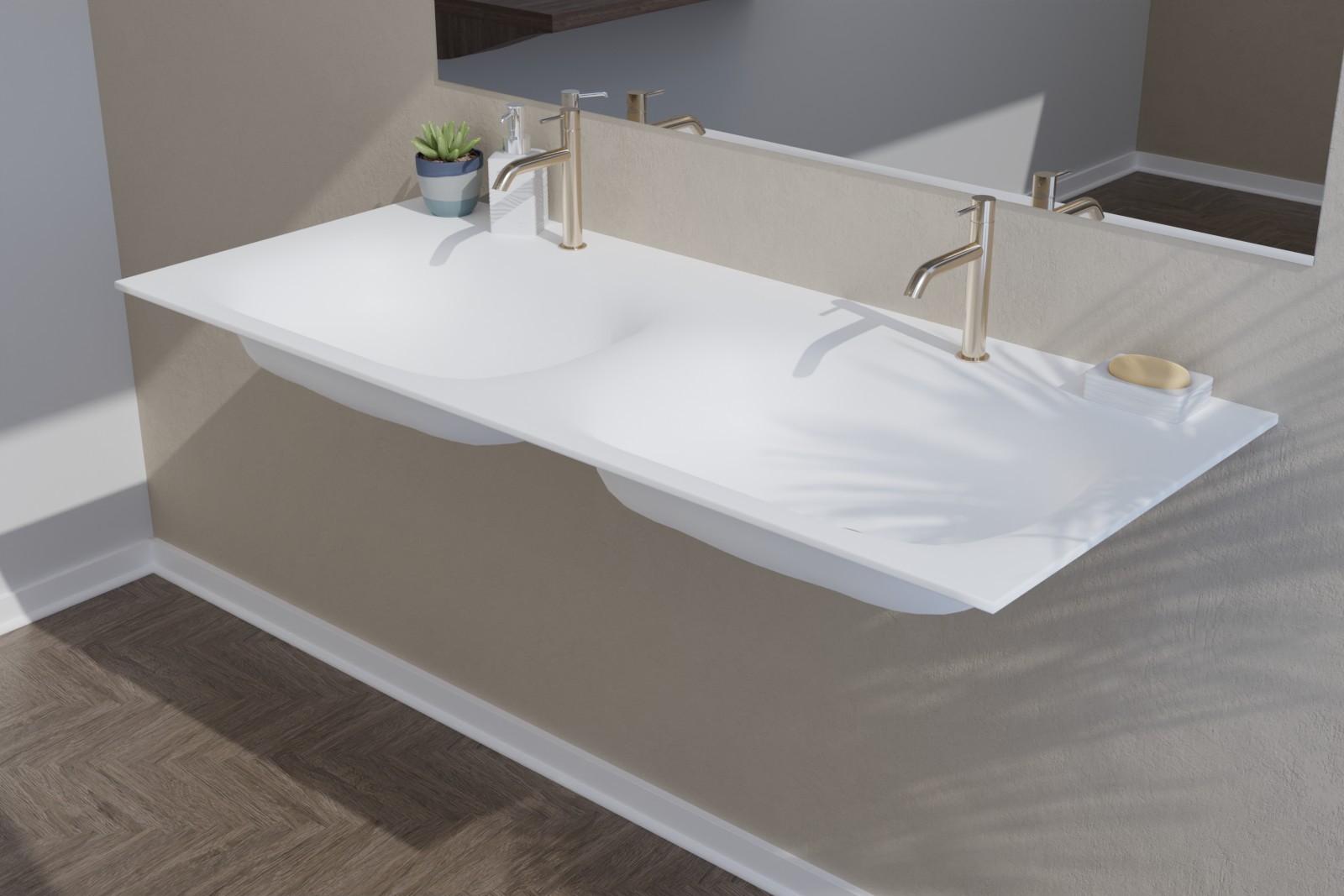-min.jpg)
The shower is an essential part of any bathroom, offering a practical solution for washing quickly and efficiently. However, there are a variety of shower types available on the market, each with its own advantages and disadvantages. In this article, we'll take a look at the different types of shower to help you choose the one that best suits your bathroom and your needs.
The classic shower
The classic shower is the most common and most popular of all showers. It consists of a shower head fixed to a wall or ceiling and a flexible hose to direct the water where you want it. The classic shower is simple to install and use, and is available in a variety of sizes and styles to suit any bathroom.
Italian-style shower
The walk-in shower has become increasingly popular in recent years because of its elegant design and functionality. It is designed to be level and step-free for easy access. It is often tiled to create a sense of continuity with the rest of the bathroom. A walk-in shower requires professional installation. Its aesthetic appeal is often highly appreciated, as it brings a touch of modernity to your room. Using Solid surface Krion® or Solid surface Corian®, you can create a completely bespoke shower thanks to the various ways it can be shaped.
There are two options in terms of flooring for your walk-in shower: you can install a flush-mounted shower tray that fits directly into the floor. However, you'll need to make sure that your tray is suitable for use as a walk-in shower, with a small slope to allow the water to drain away. The second option available to you is to create the floor of your shower directly with the help of a mason. For this, you'll need the help of a professional, as he'll have to do a special installation so that it can withstand damp etc...
.jpg)
The shower cubicle
The shower enclosure is an all-in-one option that includes a shower base, enclosures and a glass door. They are generally smaller than conventional showers, making them ideal for smaller bathrooms. It's also easy to clean and maintain, making it a practical choice for people with busy lifestyles.
The built-in shower
The concealed shower is a more expensive and elaborate option that requires professional installation. It is built directly into the bathroom wall for a sleek, elegant look. The concealed shower is often fitted with a ceiling-mounted showerhead for a luxurious showering experience. The use of Solid surface to create this type of shower is ideal, as its easy maintenance and resistance to stains means that the condition of your shower will remain intact over the long term.
The rain shower
A rain shower is a type of concealed shower designed to imitate the sensation of showering under gentle rainfall. It is usually fitted with a square or round showerhead attached directly to the ceiling. The rain shower is often used in high-end bathrooms to create a luxurious showering experience. Solid surface is ideal for this type of construction as a shower tray, as its pleasant texture enhances the showering experience.
As well as showers, there are different types of shower tray. Here are the main differences between different shower trays and shower trays, which do not have the same special features.
.jpg)
Shower tray
Free-standing shower trays are the most common. They are generally made from materials such as ceramic, acrylic or solid surface. They are very easy to install, and accessible even to beginners. They are laid directly on the bathroom floor and are raised slightly above the floor to prevent water leaks. However, you'll need to leave a trench in the floor to accommodate the drain. Please note, however, that these high shower trays are not suitable for people with reduced mobility, young children or the elderly.
Ultra-flat shower trays
Ultra-flat shower trays are also known as extra-flat trays or slimline trays. As their name suggests, they have a very low height, generally less than 4 cm. They can be made from materials such as synthetic resin. Ultra-flat shower trays offer a more elegant, modern appearance than conventional trays, and are easier to access for people with reduced mobility.
Shower trays
Shower trays are prefabricated elements that are installed directly on the bathroom floor. They are usually made from materials such as acrylic, resin or ceramic, and are available in a variety of shapes and sizes. Shower trays are generally quite high, so they may not be the best choice if you have small children. Shower trays are easy to install and have the advantage of being available in kit form with all the necessary accessories for rapid installation.
Inset shower tray
The concealed shower tray is more complex to install. It requires extensive masonry work. The floor of the room has to be lowered by almost 15 cm. The drainage system and shower tray can then be recessed. It's not always possible to dig up the floor. That's why these shower trays are very often used in new builds.
Using synthetic resin for your shower trays has a number of advantages:
- Solid surface is an ultra-hygienic material, thanks to its antibacterial properties. This non-porous material does not allow any liquids or substances to seep inside. So there's no risk of stains. You'll be able to keep your shower tray looking as good as new.
- A pleasant material with an ultra-soft texture, synthetic resin promises comfort of use, because it adapts to the ambient temperature of the room. So you won't have the unpleasant sensation of having to put your feet on a very cold surface in winter.
- No joints, for impeccable hygiene and easy day-to-day maintenance. Solid Surface's main feature is that it has no joints. This unique material creates clean gaps that prevent bacteria and fungi from infiltrating and proliferating.


